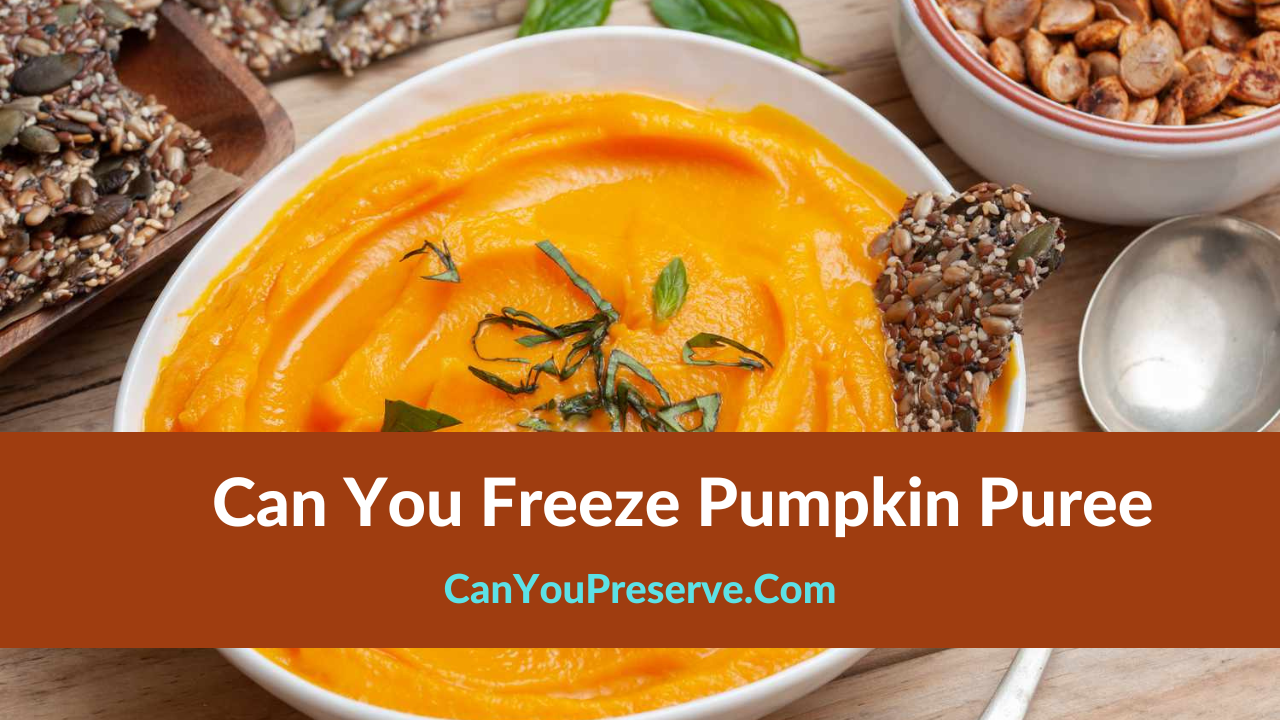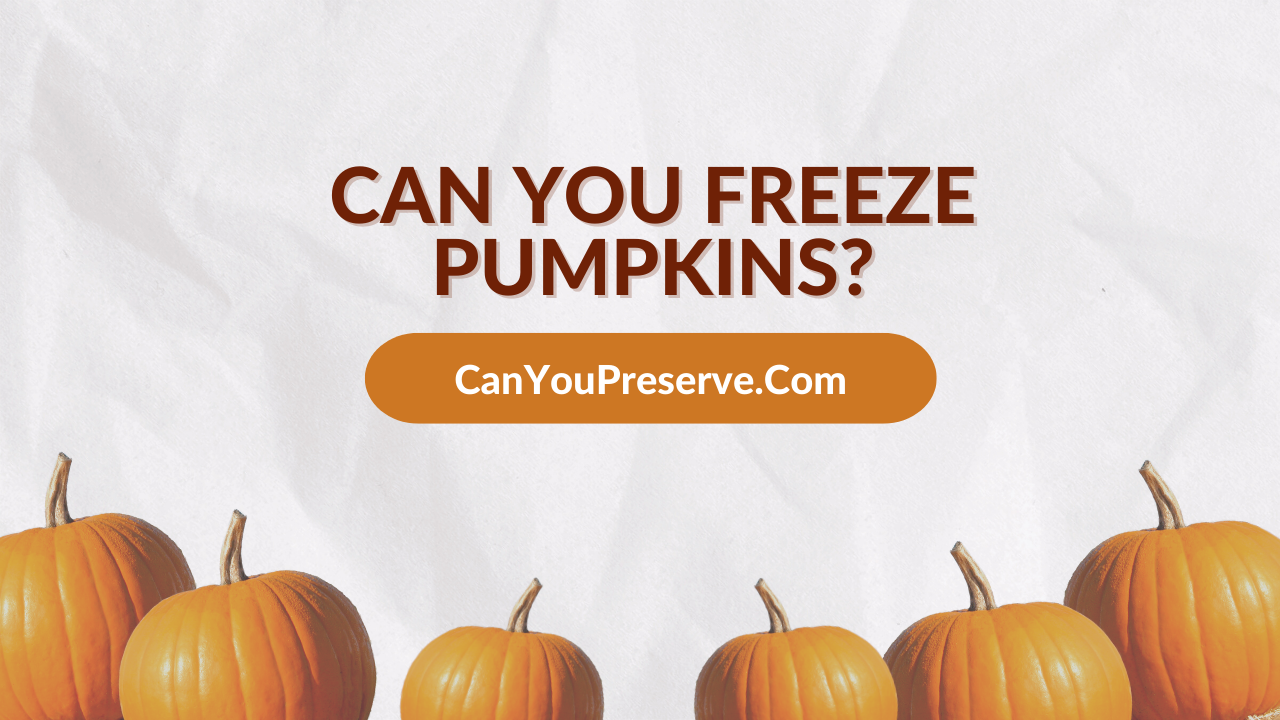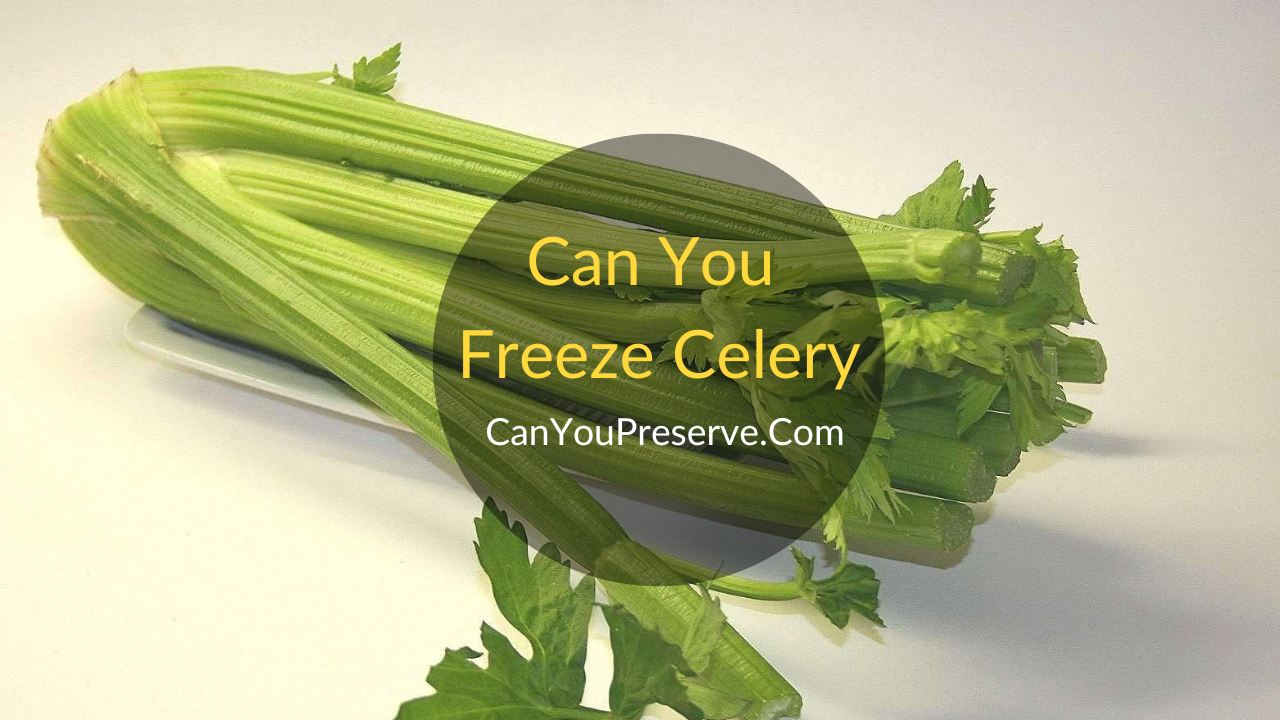Can You Freeze Pumpkin Puree?: It’s useful to have pumpkin puree on hand. It serves as the foundation for many curries and is a fantastic addition to the majority of recipes to weigh out the vegetables in a delicious way! In addition to adding extra vitamins, pumpkin puree thickens the gravy and enhances the flavor in stews and soups.
If you enjoy making your own pumpkin puree, you may be wondering if it can be frozen. For a detailed account of how to freeze pumpkin puree, and tips for freezing and defrosting, refer to the information given below.
- Can You Freeze Pumpkin Puree?
- How Can You Freeze Pumpkin Puree?
- Tips To Freeze Pumpkin Puree
- How Long Can Pumpkin Puree Be Frozen?
- How To Defrost Pumpkin Puree?
- Can You Refreeze Pumpkin Puree?
- Does Pumpkin Puree Freeze Well?
- Can you freeze pumpkin passata?
- Is it okay to freeze shop-bought puree?
- How long can pumpkin puree last in the fridge?

Can You Freeze Pumpkin Puree?
Yes, pumpkin puree can be frozen. You can freeze pumpkin puree for about six months. You have two options for freezing pumpkin puree: either in compact freezer bags or as convenient frozen cubes that can be added to your cookery right away.
How Can You Freeze Pumpkin Puree?
We’ve listed our two techniques for freezing pumpkin puree below. Think about your typical uses for pumpkin puree before choosing the best way to freeze it:
Freezing Portions of Pumpkin Puree
The most frequent technique that you will want is great for batch freezing for later use. You would need to determine the size of your servings, but as a general rule, most recipes call for roughly 200 grams of puree.
- Make the puree: Prepare the puree. Use your preferred recipe and the flavors you enjoy the most, from garlic and chili to basil and thyme—all of which freeze nicely! Let the puree thoroughly cool.
- Portioning it: Label some freezer bags with the date to have them ready. Fill every bag or container with a small amount of pumpkin puree. Don’t stuff the bags too full. If there is not enough room, the pumpkin puree may rupture from the bag and mess everything up in the freezer when it freezes.
- Seal and label: If you haven’t already, mark the bags or containers. Close the bags firmly.
- Freezing: Carefully place them in the freezer. If you can freeze them flat, you’ll be able to store them with ease.
Freezing Pumpkin Puree in Cubes
This technique is ideal for adding a small amount of puree to a recipe. For an added nutritious boost, you could even mix a few ice cubes of puree into a juice.
- Make the puree: As stated above, prepare and cool your pumpkin puree.
- Portioning in ice cube trays: Take a few ice cube trays. If you want a bit more pumpkin puree per serving, you might also consider using silicone muffin or cupcake tins. Fill each space in the ice cube tray with pumpkin puree. To permit the pumpkin puree to extend in the freezer, leave a little opening at the top.
- Flash Freezing: Place the ice cube tray inside the freezer. Keep it level to prevent spills.
- Tipping in a bag: Put the frozen pumpkin puree ice cubes in a freezer bag after removing the ice cube tray from the freezer. Seal the freezer bag tightly after labeling it.
- Freezing: Return this to the freezer to preserve it. Now that you’ve frozen pumpkin puree in cubes, you may use them whenever you need them and should be able to take out exactly the right number of cubes for your recipe.
Tips To Freeze Pumpkin Puree
Now that you understand how to freeze it, here are our top three recommendations for getting the greatest results from freezing pumpkin puree:
- Consider the uses: The ideal method is to freeze it into ice cubes if you just ever need a spoonful or two to add a pinch of pumpkin flavor to your food. Because of this, you should think about your usage.
- Experimenting: Don’t be scared to try some new things when producing your own pumpkin puree. Garlic cloves, fresh herbs, chili flakes or nutmeg grated all work well as seasonings.
- Labeling: If you’ve decided to try some different flavors of pumpkin puree and have frozen them, be sure to label each one with the flavor so you’ll know what to take out of the freezer when you need it.
How Long Can Pumpkin Puree Be Frozen?
Pumpkin puree keeps reasonably well in the freezer for six months, which is great news for cooks and aspiring chefs. There is enough time to prepare a batch of pumpkin puree and freeze it for later use in recipes.
To always have the perfect flavor for the dish you want to cook, you might even prepare batches with various herbs and spices added.
See More: How Long Do Pumpkins Last
How To Defrost Pumpkin Puree?
The pumpkin puree may not even require defrosting! Some recipes will still turn out well if you use frozen pumpkin puree in your serving. Particularly with sauces, this is effective. Simply add the pumpkin puree to a pot and slowly heat it on the stove. The refrigerator is the best place to defrost pumpkin puree if you decide to do so. Remove the pumpkin puree from the freezer, place it in a bowl, and place it in the refrigerator for several hours to defrost.
If necessary, you can expedite the process a little by using the defrost setting on your microwave. Place the puree in a bowl after removing it from the bag and heating it briefly in the microwave. Reintroduce it to the microwave after stirring. Continue doing this until the puree is totally defrosted.
Can You Refreeze Pumpkin Puree?
We wouldn’t advise refreezing pumpkin puree that has already been prepared and frozen. The freezing procedure is not without issues; they can include food changes and, in certain instances, the encouragement of bacteria growth that can make you sick.
If you are unsure whether pumpkin puree is acceptable to freeze and reheat, it is preferable to be safe than sorry and discard it.
Also, Refer:
Does Pumpkin Puree Freeze Well?
Pumpkin puree does, on the whole, freeze well. Because of the process used to make pumpkin puree, the veggie has already been reduced to a puree-like consistency.
The only issue you can have is a little change in texture due to the puree’s high water level. Any texture change should, however, go away once the puree has been mixed to your cooking, and you won’t be able to tell the difference.
FAQs On Can Pumpkin Puree Be Frozen
1. Can you freeze pumpkin passata?
Yes, you can; in fact, it freezes really nicely. Ignore the following procedure because you probably need more passata than one ice cube. In order to save space, try to keep your passata flat in thick freezer bags that have been sealed after being filled with it. After defrosting overnight, you can prepare your preferred pasta sauce, such as puttanesca.
2. Is it okay to freeze shop-bought puree?
Most likely, you won’t need to freeze a tube of store-bought pumpkin puree because of how extended its shelf life is. If you do, you can use the procedure described above to freeze it in ice cube trays or in big volumes.
3. How long can pumpkin puree last in the fridge?
Pumpkin puree lasts for about seven days in the refrigerator.
Summary
Now we know for sure that pumpkin puree freezes really well. You can keep your pumpkin puree in the freezer for up to six months without worrying about the quality being compromised. When it comes to refreezing pumpkin puree, it is a big no. You can freeze pumpkin puree either as a whole or in ice cube trays, depending on how you want to use it in the future.
Don’t hesitate to experiment. You can add other herbs while freezing pumpkin puree for authentic flavors. However, if you do so, don’t forget to label the flavors along with the best-before date. Bookmark our site to get the latest updates on articles like How Long Does Carved Pumpkin Last in no time.








